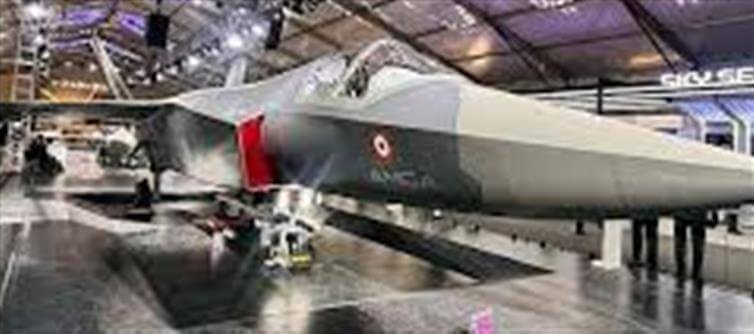
India’s ambition to develop a state-of-the-art fifth-generation stealth fighter jet, the Advanced Medium Combat Aircraft (AMCA), has sparked a fierce competition among the country’s leading defence companies. The Defence Research and Development Organisation (DRDO) has invited bids from industry giants to collaborate on this groundbreaking project. Here’s everything you need to know.
1. The AMCA Project: India’s Indigenous 5th-Gen Fighter
The AMCA is envisioned as India’s homegrown fifth-generation fighter jet, equipped with stealth technology, advanced avionics, and superior combat capabilities. It aims to bolster the indian air Force’s prowess and reduce reliance on foreign imports.
2. Seven industry Leaders in the Running
Seven major defence companies have submitted their bids to partner with DRDO, including:
· Hindustan Aeronautics Limited (HAL) – India’s premier aerospace manufacturer with decades of experience.
· Tata Advanced Systems Ltd (TASL) – Known for cutting-edge defence manufacturing and innovation.
· Adani Defence – The newest entrant, rapidly expanding its footprint in defence manufacturing.
Other leading players in the sector have also expressed strong interest, making this a highly competitive field.
3. Why the Bidding war Matters
India’s goal is to create a world-class fighter that matches global standards in stealth, speed, maneuverability, and weapons systems. The bidding process ensures that the best technological expertise, manufacturing capability, and strategic vision come together for the AMCA project.
4. Collaboration with DRDO
DRDO, the government’s premier research agency, is spearheading the AMCA design and development. industry partners will play a critical role in manufacturing, integrating systems, and ensuring the aircraft’s operational readiness.
5. Strategic Importance for India
· Self-Reliance in Defence: Developing the AMCA domestically aligns with India’s “Make in India” and Atmanirbhar Bharat initiatives.
· Enhanced air Power: The fighter jet will significantly boost India’s air combat and defense capabilities.
· Global Competitiveness: Successfully designing and manufacturing a 5th-gen fighter will place india among a select group of countries with this capability.
6. What’s Next?
After bid evaluation, DRDO will select one or more partners to move forward with the design, prototyping, and testing phases. This partnership will likely drive innovation and generate employment opportunities in aerospace and defence sectors.
Final Thoughts
The bidding war for the AMCA project highlights India’s commitment to technological advancement and strategic independence. With HAL, Tata, adani, and others vying for the contract, the future of India’s air power looks promising and homegrown.
Disclaimer:
The views and opinions expressed in this article are those of the author and do not necessarily reflect the official policy or position of any agency, organization, employer, or company. All information provided is for general informational purposes only. While every effort has been made to ensure accuracy, we make no representations or warranties of any kind, express or implied, about the completeness, reliability, or suitability of the information contained herein. Readers are advised to verify facts and seek professional advice where necessary. Any reliance placed on such information is strictly at the reader’s own risk..jpg)




 click and follow Indiaherald WhatsApp channel
click and follow Indiaherald WhatsApp channel